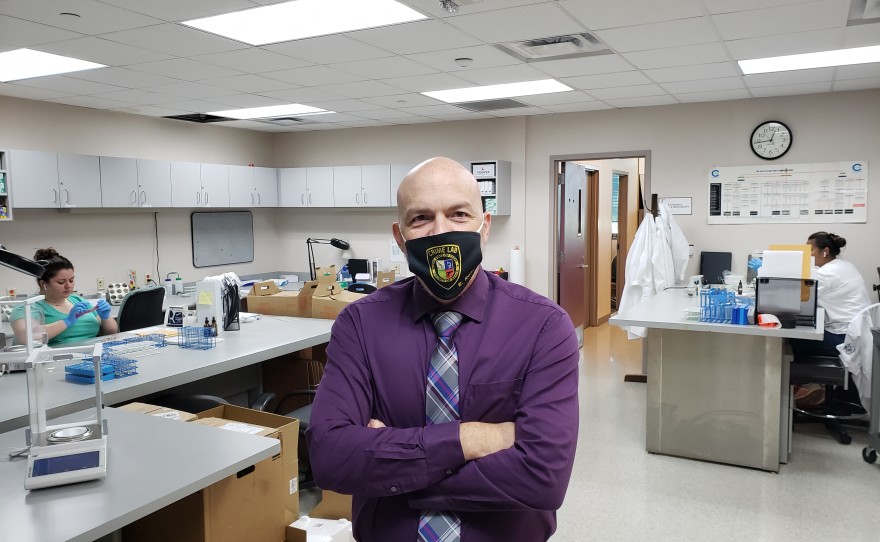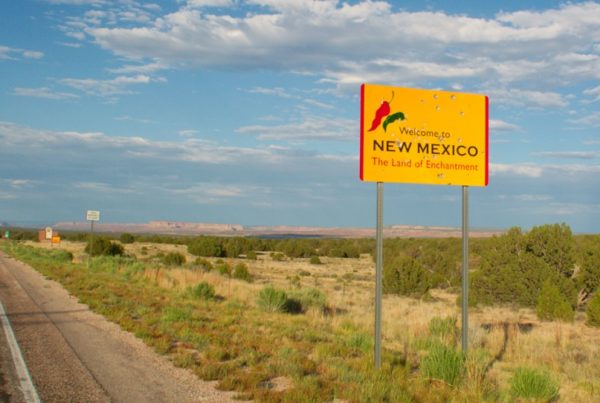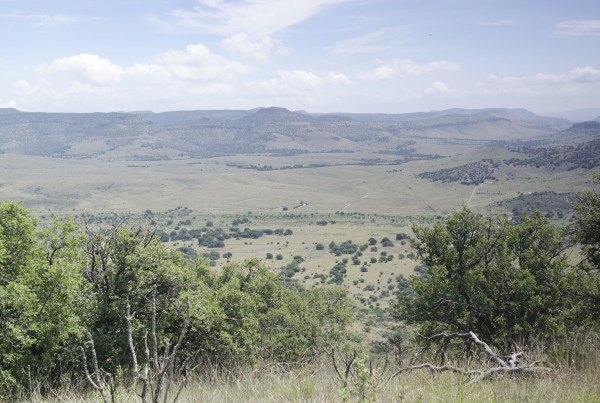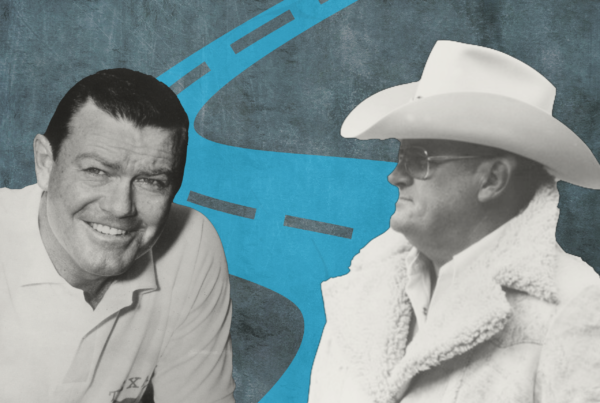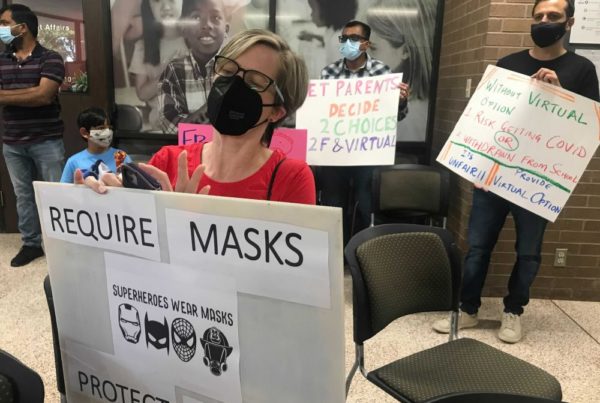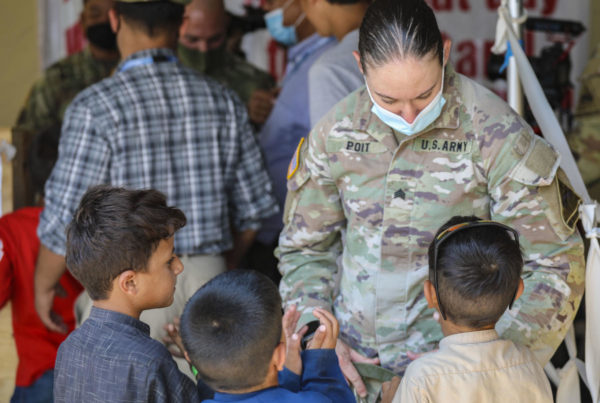From Texas Public Radio:
The week of Sept. 19-25 is National Forensic Sciences Week. The Bexar County Crime Lab invited Texas Public Radio to tour the facility to see the people who work to solve local crimes every day.
To understand the dedication it sometimes takes to solve a homicide, assistant crime lab director Erin Reat tells the story of a 1986 cold case he worked involving the murder of 37-year-old realtor Marilyn McDonald at her home on West Summit near Woodlawn Lake.
She worked in real estate and was having work done at the home when she was beaten and stabbed to death.
Reat did not get involved in the unsolved case until about 20 years after it happened. He analyzed blood from a handprint found on the woman’s thigh.
“I developed a genetic profile of an unknown male and it went into the CODIS database, Combined DNA Index System,” he said.
“And there it sat. And the investigator, George Saidler, a great cold case investigator, he just kept sending suspect sample after suspect sample after suspect sample and all of them were excluded. They were not the unknown male donor and at one point and time I remember telling George I think the guy must be dead because otherwise I would assume that he would be in the database and we would get a hit. And he was actually going to exhume a guy who had been convicted and died in prison. He got a family member, we did a paternity analysis, it wasn’t him… And so we still didn’t know.”
But a couple of decades of persistence finally paid off.
“Years go by, and then it was just like seven years or so ago, all of a sudden this CODIS hit pops up,” he said. “It was that male profile. A guy had been convicted of a drug offense and had not gotten convicted of an other qualifying offense between then and now. And lo and behold, this was the guy. Never even went to trial. He pled no contest because he didn’t want it to go to trial.”
That guy was Daniel Flores Garcia, a 50-year-old at the time of his murder conviction in 2012. He was a member of the work crew at McDonald’s home. As standard procedure, his blood had been taken while he was serving time in state prison on the drug offense. It was that blood, Reat’s work, George Sailder’s work, and work by the the San Antonio Police Department’s Cold Case Unit that solved the crime.
Not all crimes are solved as fast as you see on those CSI TV shows. The television show NCIS was the nation’s most watched television show in 2020, so there is a fascination with the work that goes on in crime labs.
The CIS in NCIS stands for “criminal investigative service.” Locally, Bexar County has a CIL or Criminal Investigation Laboratory. It is also called the Bexar County Crime lab.
It employs 30 forensic science professionals who assist local law enforcement agencies in solving crimes by examining evidence from crime scenes.
The lab examines evidence from about 8,500 crimes a year. It offers services related to drug identification, firearms, serology, DNA, primer gunshot residue and tool marks. But 80% of the lab’s work involves drug cases.
“This will be the controlled substance section where they do identify controlled substances,” said Reat during the tour. The lab works to confirm what sort of drugs were seized by law enforcement officers.
Forensic Scientist Maureen Oliva and Forensic Analyst 2 Danielle Moye both work at the lab to identify drugs, using sensitive instruments.
“The most common drugs we see here (in Bexar County) are methamphetamine, cocaine, heroin, and of course, marijuana,” Oliva said.
Moye uses tubes, beakers and a centrifuge to identify drugs.
“Right now I am diluting my cocaine and heroin samples with methanol. And then my other samples are spinning in the centrifuge after I did the alkaline extraction,” she said.
While drug investigation takes up a lot of the lab’s time, they also process evidence from other crimes dropped off at the lab, including from murders scenes. The San Antonio Police Department alone handled 128 homicide investigations in 2020.
So, is the work they do anything like that seen on CSI TV shows? Crime Lab Director Orin Dym said not exactly. He said he has only watched one episode of one CSI show while his parents were visiting him when he lived in Alaska.
He said the show featured a very unrealistic crime solving tool.
“I walked into a scene where there’s a body that had been pulled out of the water, it’s hanging in chains and they walk up with a cell phone, roll the thumbprint and up pops the guy’s name with all his vital information and a picture of him. And my parents looked at me and said, ‘Do you have that?’ And I said, ‘Of course.’ And I walked away, what are you going to say?” Dym recalled, laughing.
He also dispelled some other myths. He said he does not drive a Humvee, his investigators don’t go wading in swamps wearing leather pants, and there are no blue lights in the lab.
They are all white.
Dym was director of the Alaska State Crime Lab for 12 years before becoming the county crime lab director a couple of years ago.
“Well, with all of the work I could have been doing as a chemist, to get to come into to do something that quite frankly… helps society, helps the community I live In, that’s pretty rewarding,” he said.
Reat agrees.
“What I love about it is that we help the community,” he said. “It brings value, no matter what you do that day… you feel you have helped someone.”
Another lab employee, Wesli Stubbs, who was working on DNA extraction at the time of TPR’s visit, said they don’t help solve crimes in an hour like NCIS does, but she loves the work, too.
“It takes longer than most people assume when their watching those TV shows, but we still try to do as much as we can and as efficiently as we can. I love doing this job. That’s why I do it. I like knowing that I am helping victims find closure or helping with investigations whenever I can,” she said
Dym said frankly the public might find it boring what they do on a daily basis, but they find it exciting. His employees may not be TV stars, but they are real people solving real crimes.


